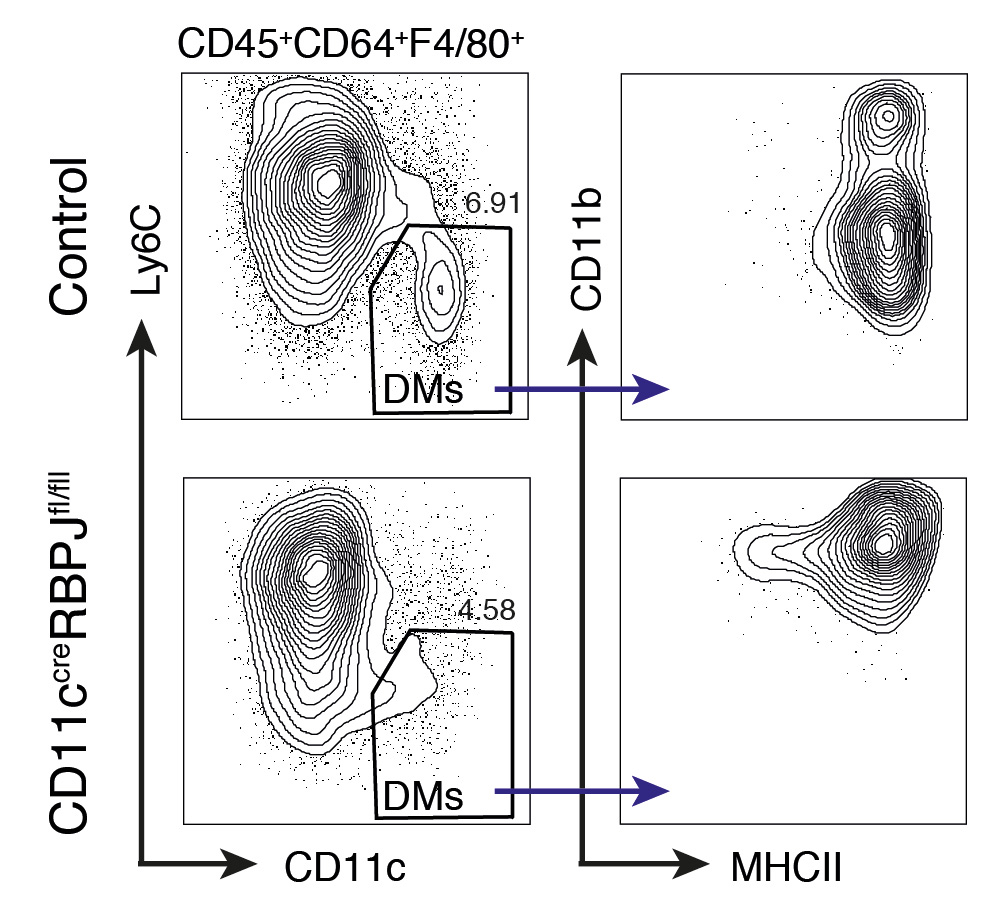How did we get from this first sighting to finding their identity and function? Follow this thread!
bit.ly/35o2XSj
1/n
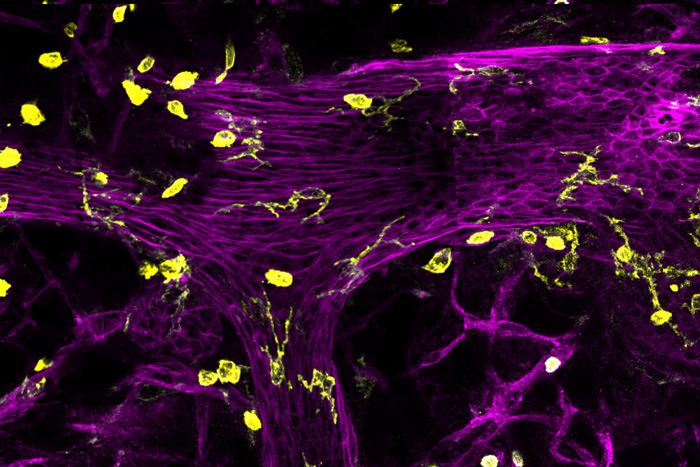

We use 3D imaging to investigate the complex relationships b/w these cells to better understand disease.
#microscopy #mammarygland
2/n
4/n
5/n
6/n

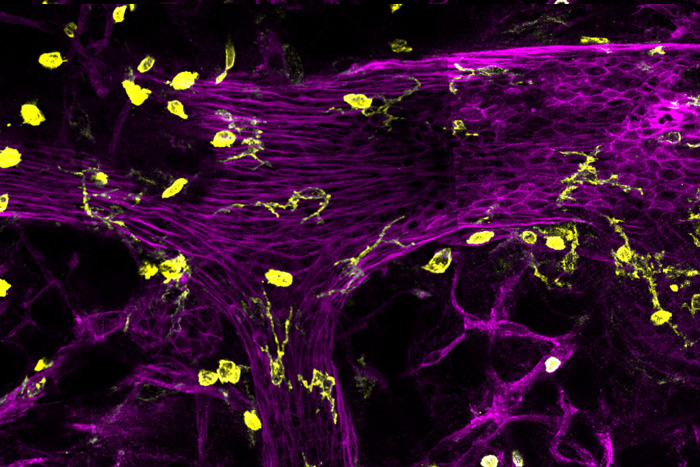
7/n
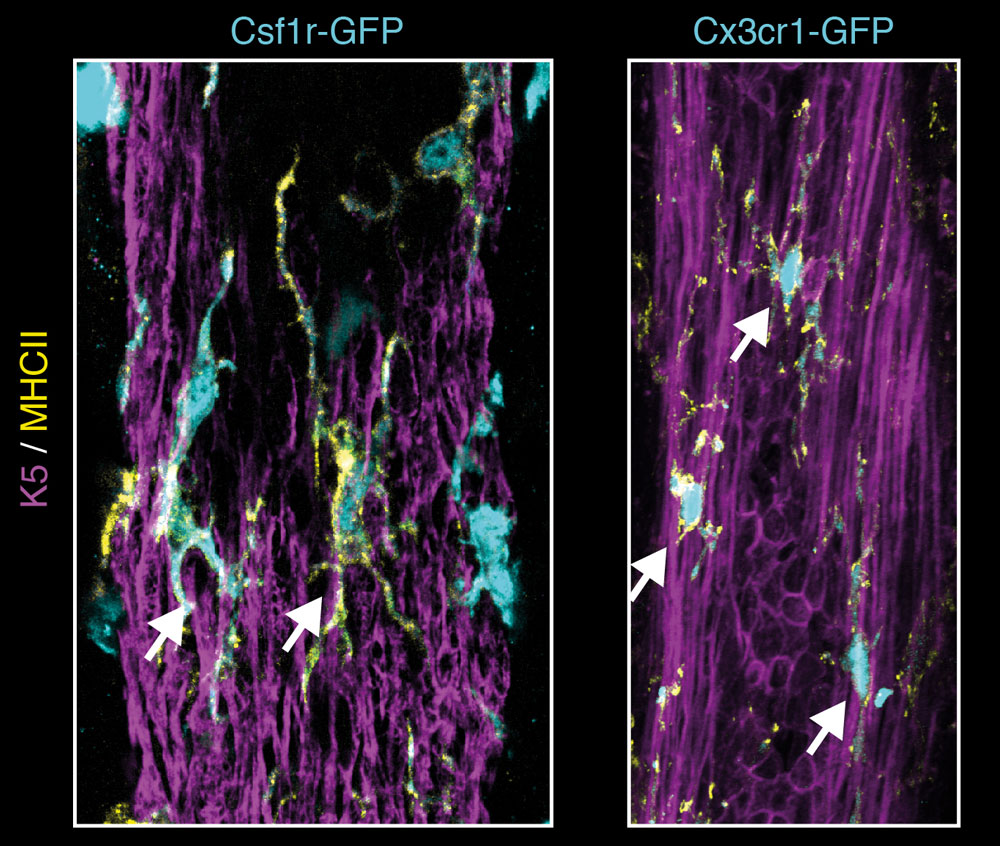
#intravital #microscopy
10/n
11/n
#microscopy
18/n
So DMs eat the dying cells, but are they necessary for remodelling? This process is like wound healing, is associated with cancer and prepares the gland for new pregnancies.
21/n
…but they are like DMs!
23/n
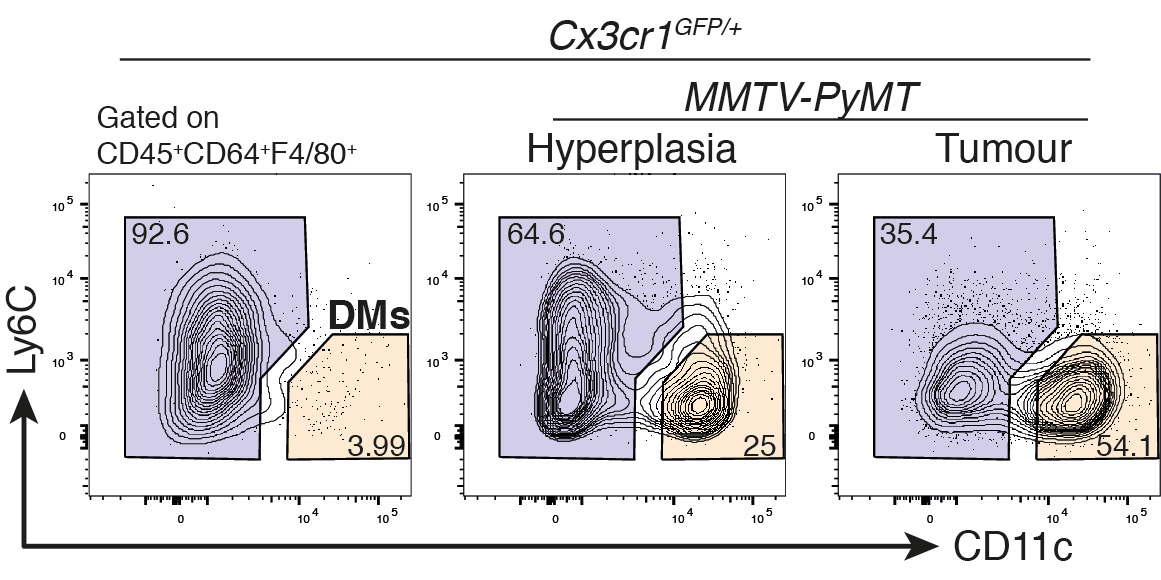
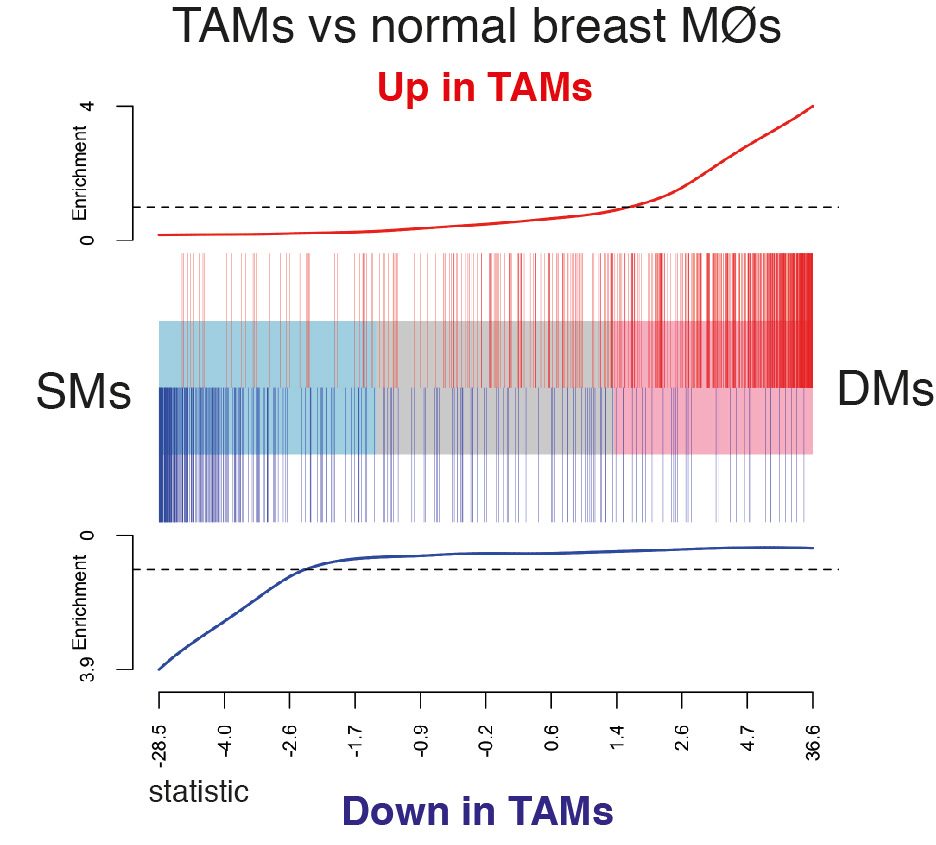
24/n
Please welcome DMs into the #macrophage family 🤗
Thanks to the whole, incredible team!
bit.ly/mammaryDMs bit.ly/35o2XSj
25/n
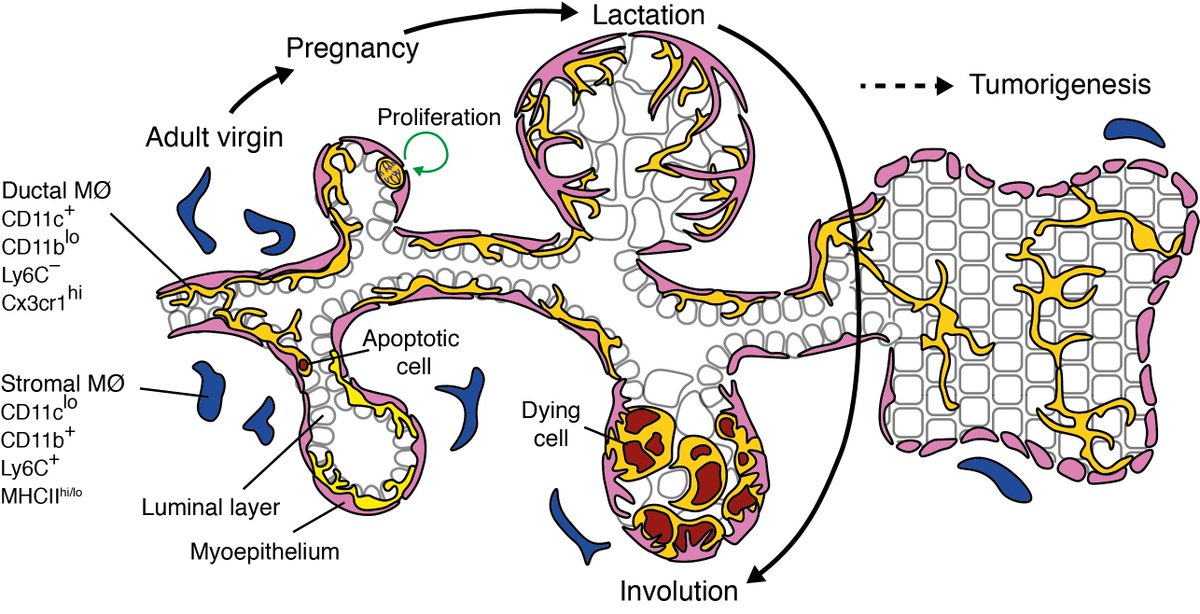
26/n
Spontaneous collaboration through #ScienceTwitter!
27/n
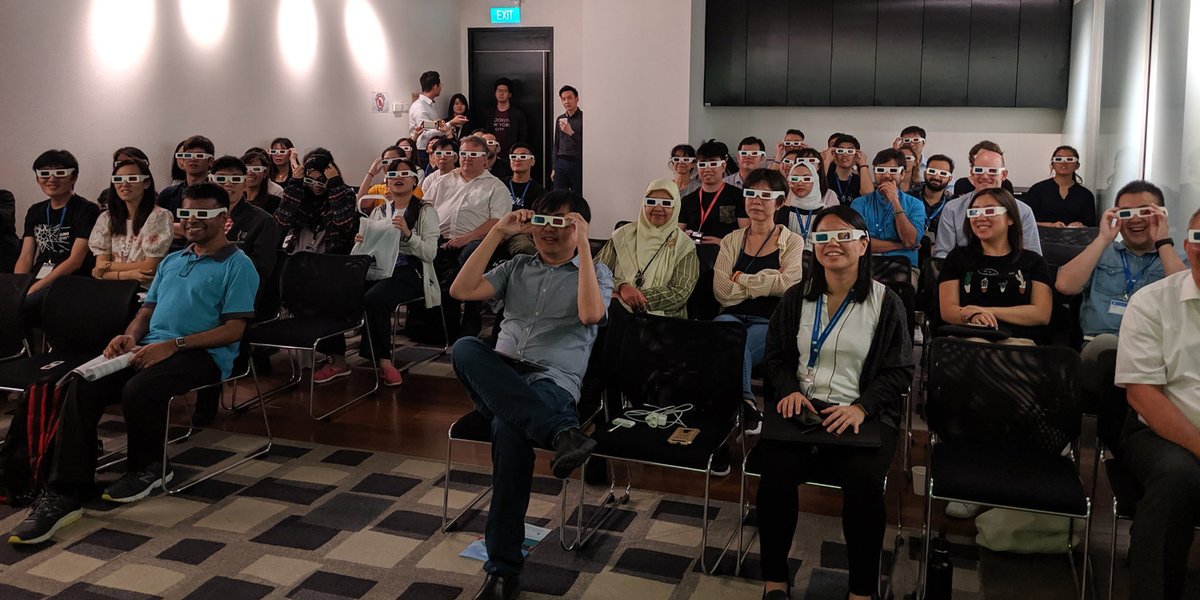
I imaged whole embryonic glands and found one #macrophage inside each duct tip – maybe these can generate all DMs until puberty? They only turn on MHCII at 1 week. #microscopy
29/n

and breast cancer MØs doi.org/10.1126/scienc…, from @RAFranklin_
33/n
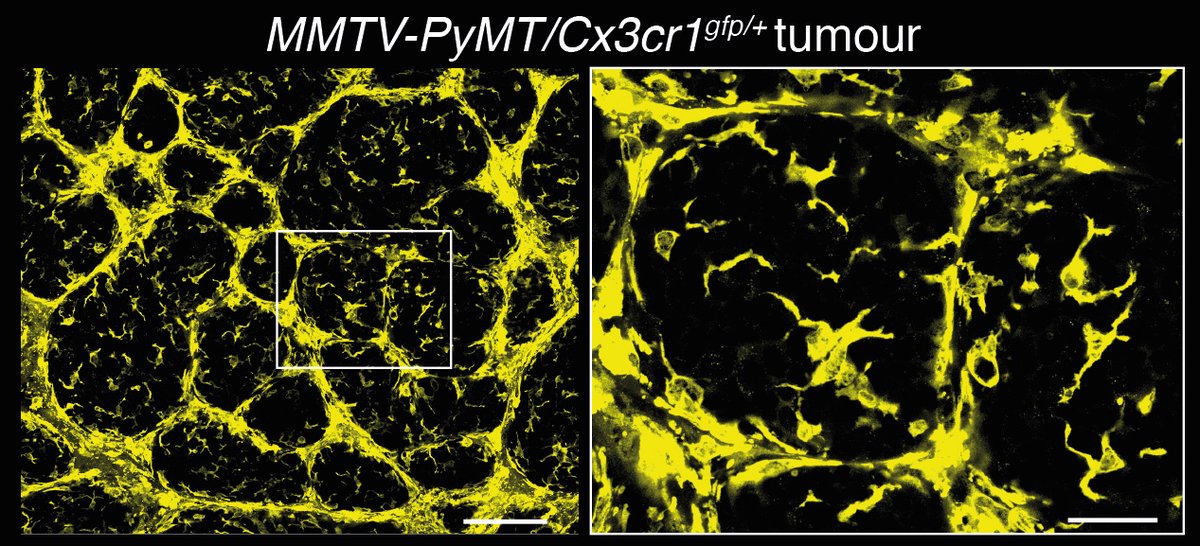
You get a medal 🏅
Check out my blog on the paper bit.ly/mammaryDMs
or the full paper bit.ly/35o2XSj. Free access here rdcu.be/b3PJY.
34/n
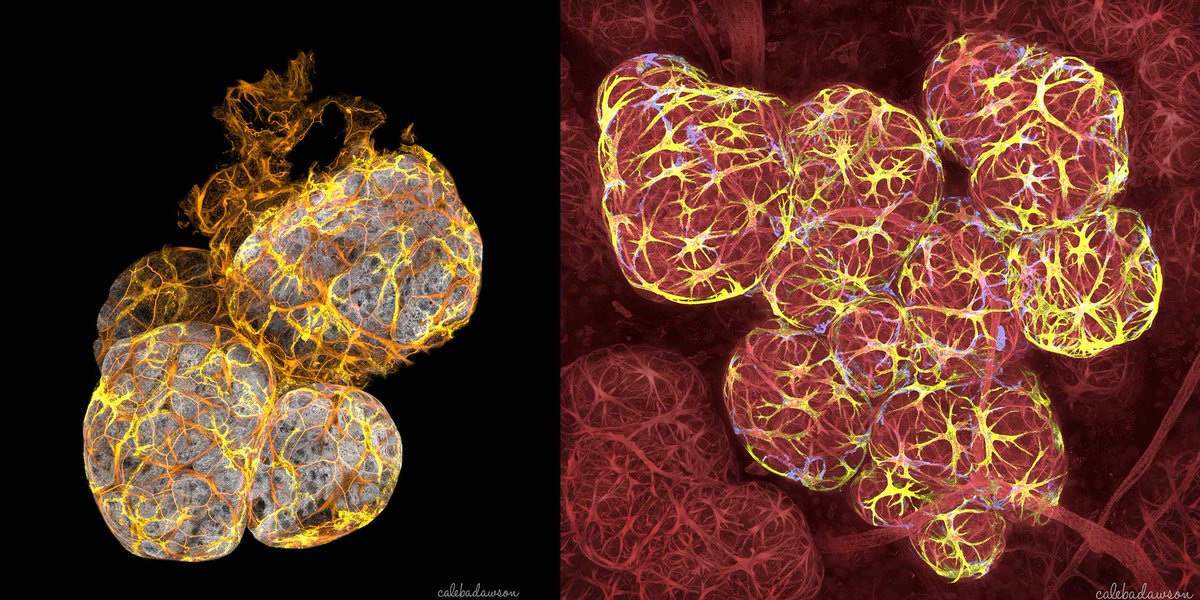
Please ask questions. I have so much time and I'm stuck at home 😁
35/the end *DMs waving
What a great way to cap off this journey.
Can't wait to have a hard copy (I might frame it haha ☺️)
#microscopy #macrophages #3Dimaging #mammarygland
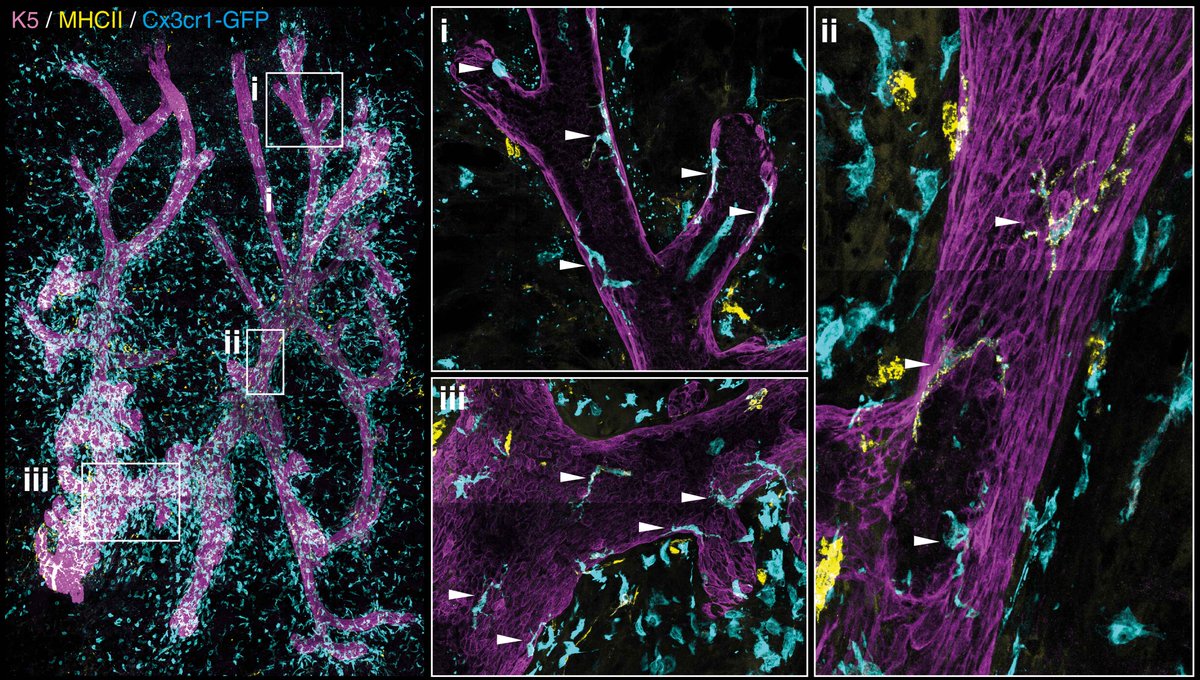
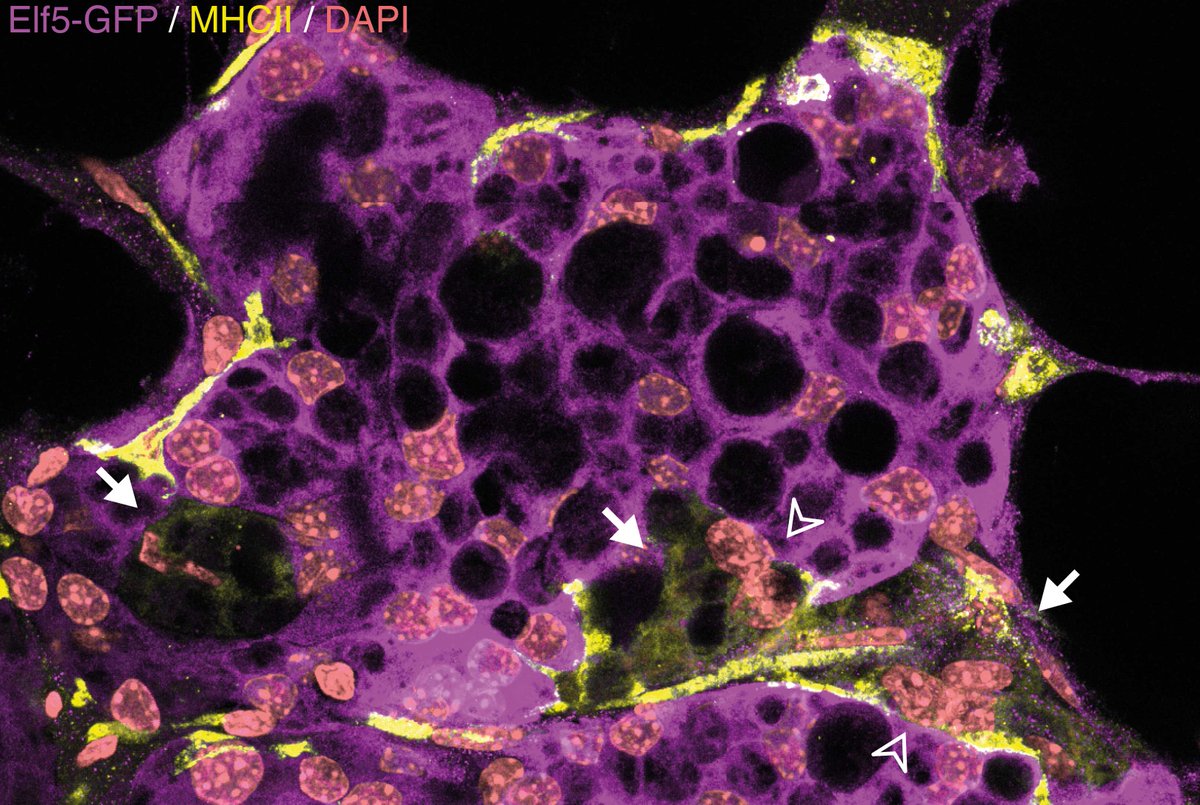
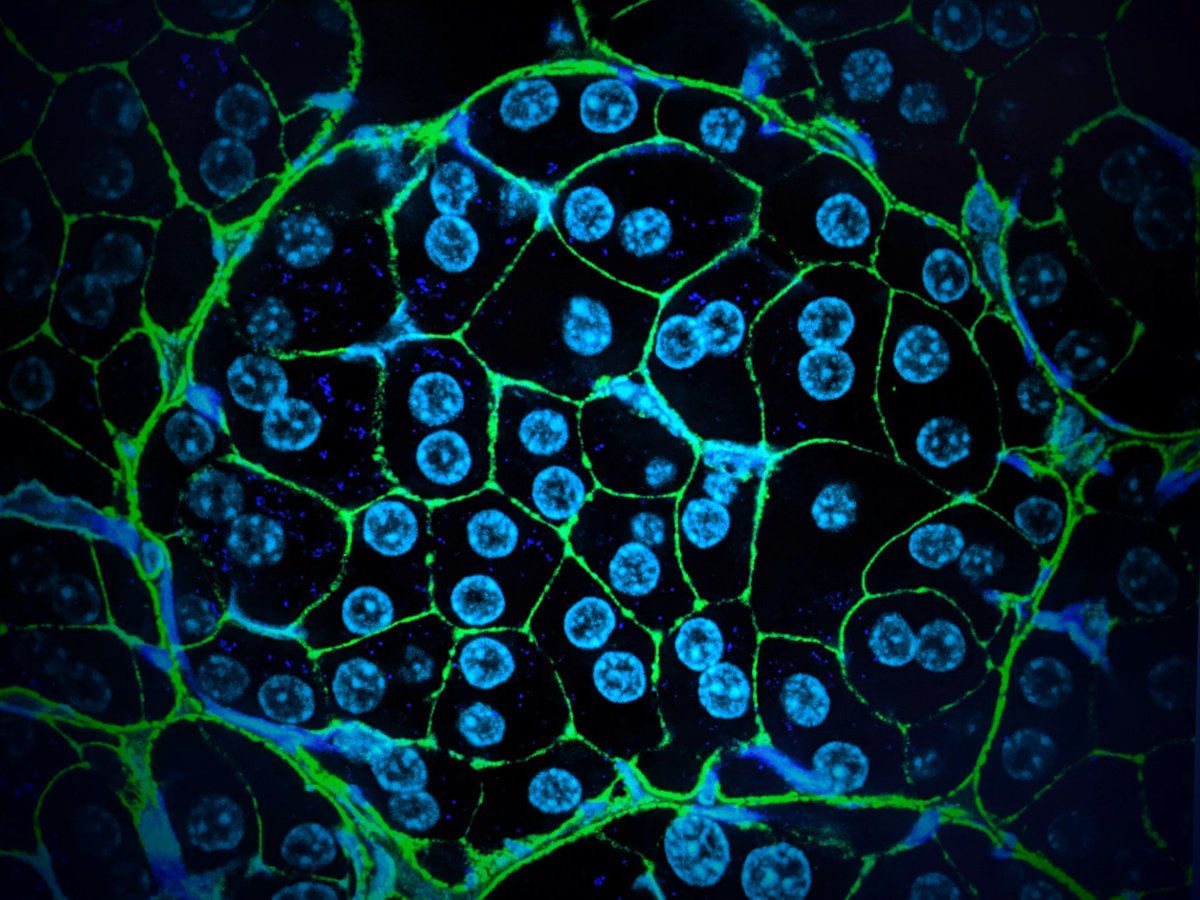
Tissue-resident ductal macrophages survey the mammary epithelium and facilitate tissue remodelling @NatureCellBio #SciArt #microscopy #openaccess

























